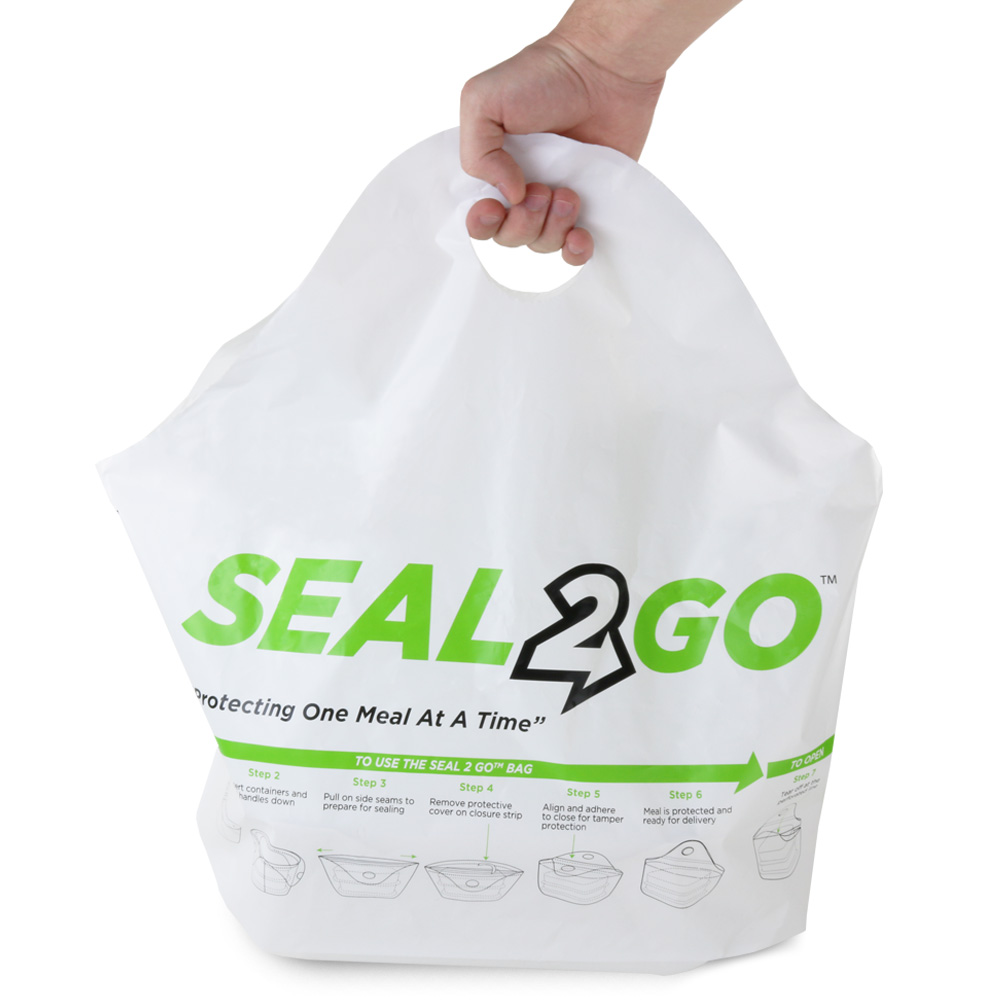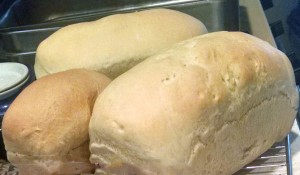The problem:
The driver opens up the to go container to take a peak or worse a sampling of the food. By touching it, they could contaminate the food with bacteria or viruses, physical contamination could occur, or worst-case deliberate contamination such as spitting on the food.
In a study done by US Foods they found that 28% of drivers admit to taking food out from an order. A quick search on the internet about this occurring and there are several cases. Vanessa Harrell, posted on Facebook that an UBER Eats driver ate some of her food! She was a regular patron and knew what the food should look like.
The Solution:
Use delivery bags that are tamper resistant like those pictured here. As an alternative  you can seal each individual container with a tamper evident sticker, label or tape. However, there have been several reports where from condensation the sticker “comes off” or “becomes loose” when attaching directly to the product container. Do not use anything that can be easily recreated by the driver, like staples. Notify the customer on the receipt or bag what they should look for so the driver can’t switch bags. Also, make sure that before you seal the bag that all utensils, condiments and napkins are already included inside.
you can seal each individual container with a tamper evident sticker, label or tape. However, there have been several reports where from condensation the sticker “comes off” or “becomes loose” when attaching directly to the product container. Do not use anything that can be easily recreated by the driver, like staples. Notify the customer on the receipt or bag what they should look for so the driver can’t switch bags. Also, make sure that before you seal the bag that all utensils, condiments and napkins are already included inside.
The Real Cost:
Imagine, a customer getting food and thinking the portion was small? Not complaining, just not returning for more business?

You cannot control the quality of the food when it leaves your door, but if using delivery services, you must do what you can to protect it. The driver, who might have little or no food service experience is now in charge of food safety and quality for your brand. Food may get cold or dropped. In the picture to the left, the driver took a delivery bag into the bathroom stall while doing his “business”.
Before signing up for a third-party service that claims increased sales, you should think about what the real cost is. The fees of 20-30% of sale price cut into profits and quality control issues that could cause harm to your brand. It might not be worth the increased sales to your bottom line.

 Do you make a great cookie or tasty home-baked bread? Do your friends and family always ask you to decorate cakes for them?
Do you make a great cookie or tasty home-baked bread? Do your friends and family always ask you to decorate cakes for them?